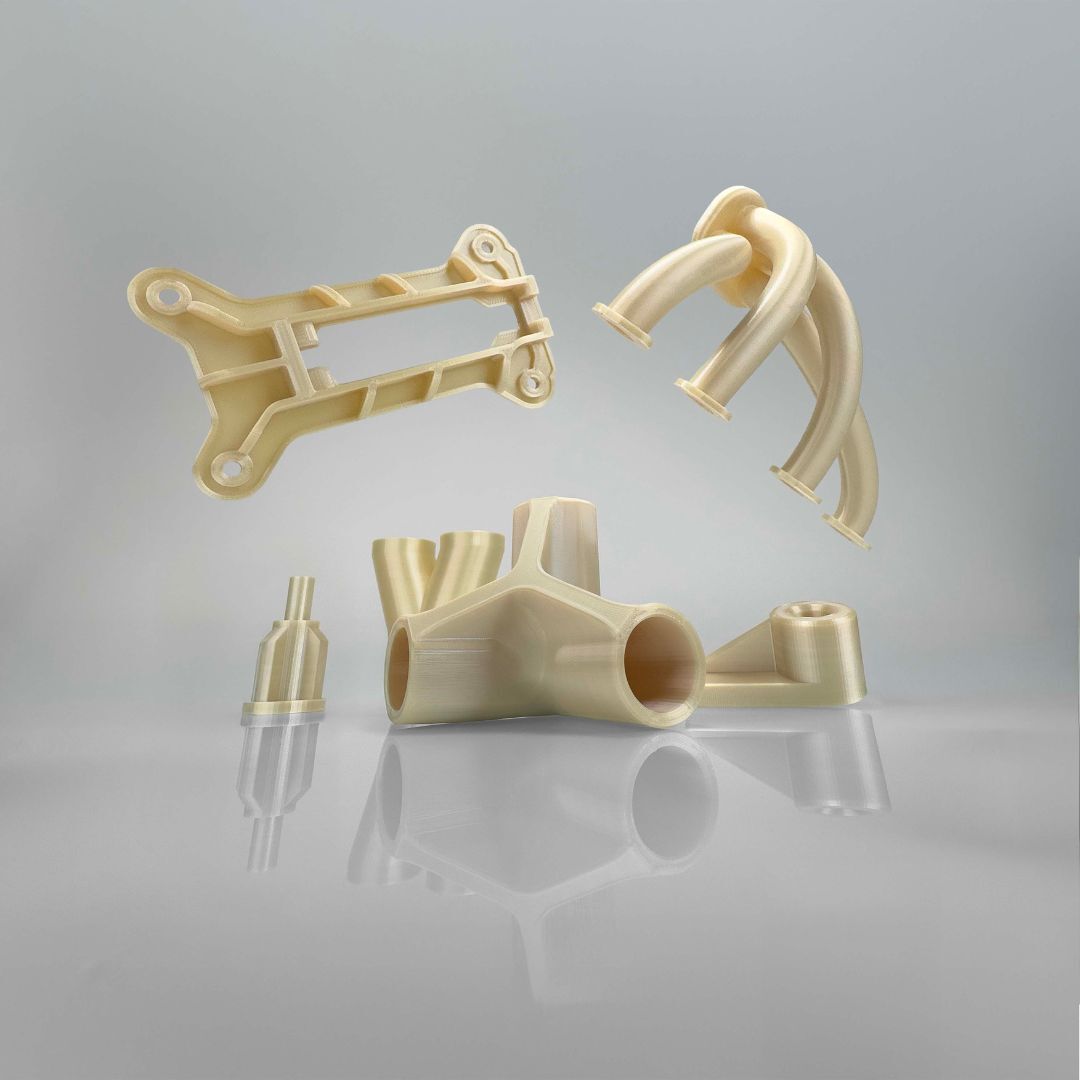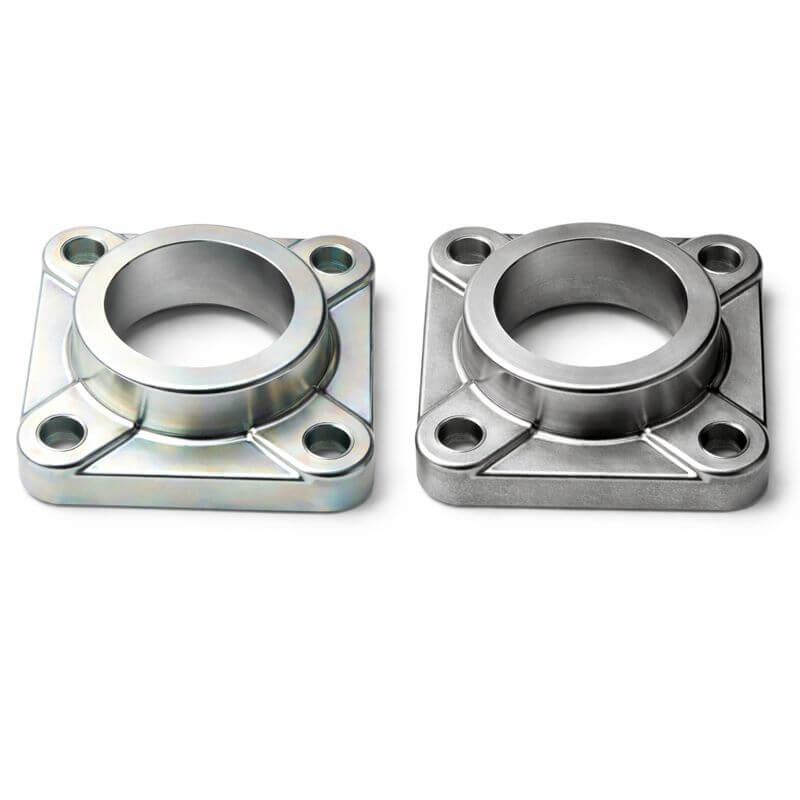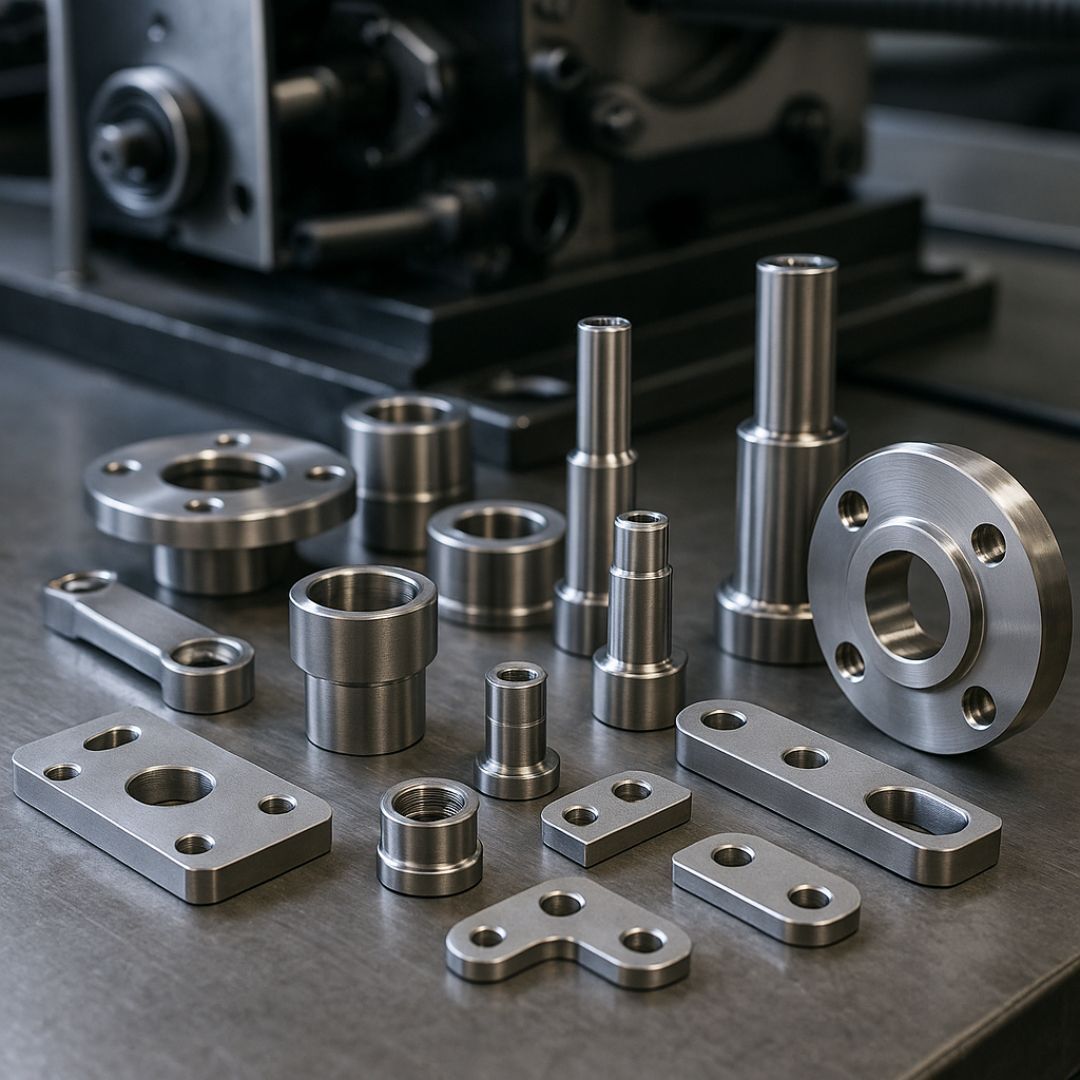3 min read
Galvanisation: Types of Zinc Coating, Benefits and Differences
Galvanisation is one of the most effective and widely used surface treatments for protecting steel and other metals from corrosion, oxidation and...

In recent years, the evolution of 3D printing has led to the spread of high-performance technical materials. Among these, Polyetherimide, better known as PEI, stands out for its exceptional thermal, mechanical and chemical properties. Its introduction into 3D printing has opened new horizons for the production of durable and reliable components, ideal for advanced industrial and engineering applications.
Polyetherimide is an amorphous polymer belonging to the family of high-performance thermoplastics. Marketed primarily under the name ULTEM™by SABIC, PEI is prized for its ability to withstand high temperatures while offering excellent chemical and mechanical resistance. The material is typically available in the form of filament used in fused filament deposition 3D printers (FDM/FFF).
One of the main qualities of PEI lies in its high continuous operating temperature, which can reach as high as 170°C. This aspect makes PEI particularly suitable for industries such as aerospace, automotive, and electronics. In addition, the material exhibits excellent flame retardant properties, proving to be resistant to direct exposure to fire with very low emission of toxic fumes, complying with stringent standards such as UL94-V0.

PEI offers outstanding mechanical strength while maintaining exceptional dimensional stability. This characteristic makes it perfect for applications requiring geometric precision and strength under significant loads. Its stiffness and resistance to creep (deformation over time under constant load) are superior to many other polymers used in 3D printing, giving it an extended service life and consistent performance over time.
Another significant advantage of PEI is its chemical resistance. This material effectively withstands exposure to many organic solvents, hydrocarbons and oils, making it suitable for harsh industrial environments where other materials can deteriorate rapidly. However, care must be taken with prolonged exposure to very strong solvents such as acetone or chlorinated solvents, which can cause minor surface damage.
Despite its excellent properties, PEI is considered a challenging material to print, requiring appropriate machines and special knowledge. One of the biggest challenges is its high printing temperature, generally between 350°C and 400°C for the nozzle and requiring that the printing chamber be maintained at high temperatures throughout the printing process. These temperatures require specialized hardware and good thermal management.
Adhesion to the print bed is another critical point. Typically, to ensure proper adhesion, the print bed must be coated with specialized adhesives.

In aerospace, PEI is valued for its light weight combined with high thermal and mechanical strength. It is commonly used to make aircraft cabin components, ventilation systems, electrical components, and thermal insulation that must meet strict safety and reliability standards.
In automotive, PEI is ideal for making components that must withstand high temperatures and significant mechanical stresses, such as engine parts, sensor enclosures, and vehicle interior components. PEI's ability to withstand prolonged exposure to automotive oils and fluids makes it particularly useful in motorsports environments.
PEI's resistance to heat and flame makes it widely used in the electronics industry to make safety enclosures for electronic equipment, connectors, and printed circuit boards (PCBs). Its dimensional stability contributes significantly to the reliability of manufactured electronic components.
In the medical industry, it is used to produce reusable surgical instruments, diagnostic equipment parts, and components for high-risk medical devices. The properties of sterilizability, chemical resistance and dimensional stability grant PEI an important position in the medical field.
PEI represents a high-performance material with enormous potential in advanced 3D printing, especially for high-end engineering and industrial applications. Although initial difficulties in handling temperatures and adhesions may seem like significant obstacles, with the right equipment and knowledge, PEI can become an indispensable ally in the production of components with exceptional performance.

3 min read
Galvanisation is one of the most effective and widely used surface treatments for protecting steel and other metals from corrosion, oxidation and...

2 min read
VALOI, a brand of the Finnish company Kameratori Oy and specialised in film-digitalisation systems for the home market, has started a collaboration...

2 min read
Stainless steel is one of the most widely used materials in modern industry thanks to its corrosion resistance, durability, and versatility.Among the...